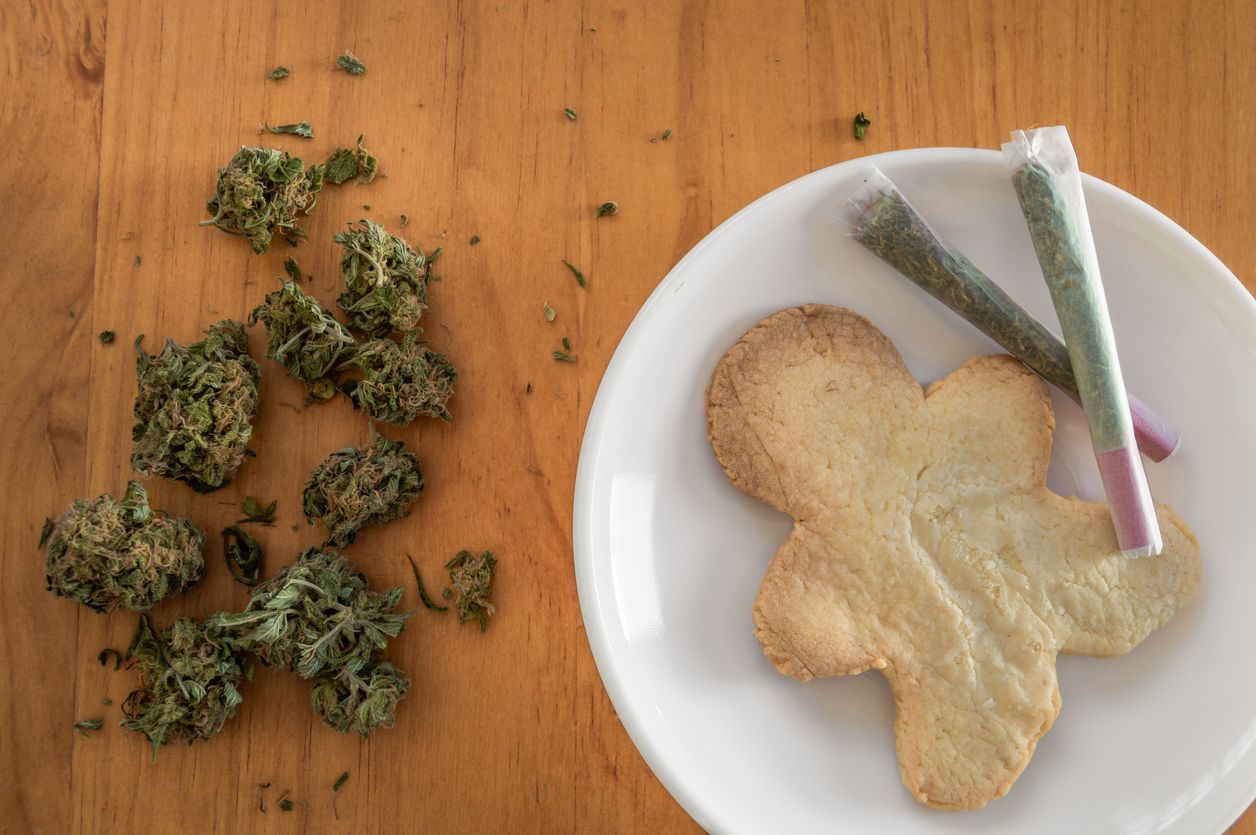Edibles Dosage Guide: How Much to Take and What to Expect
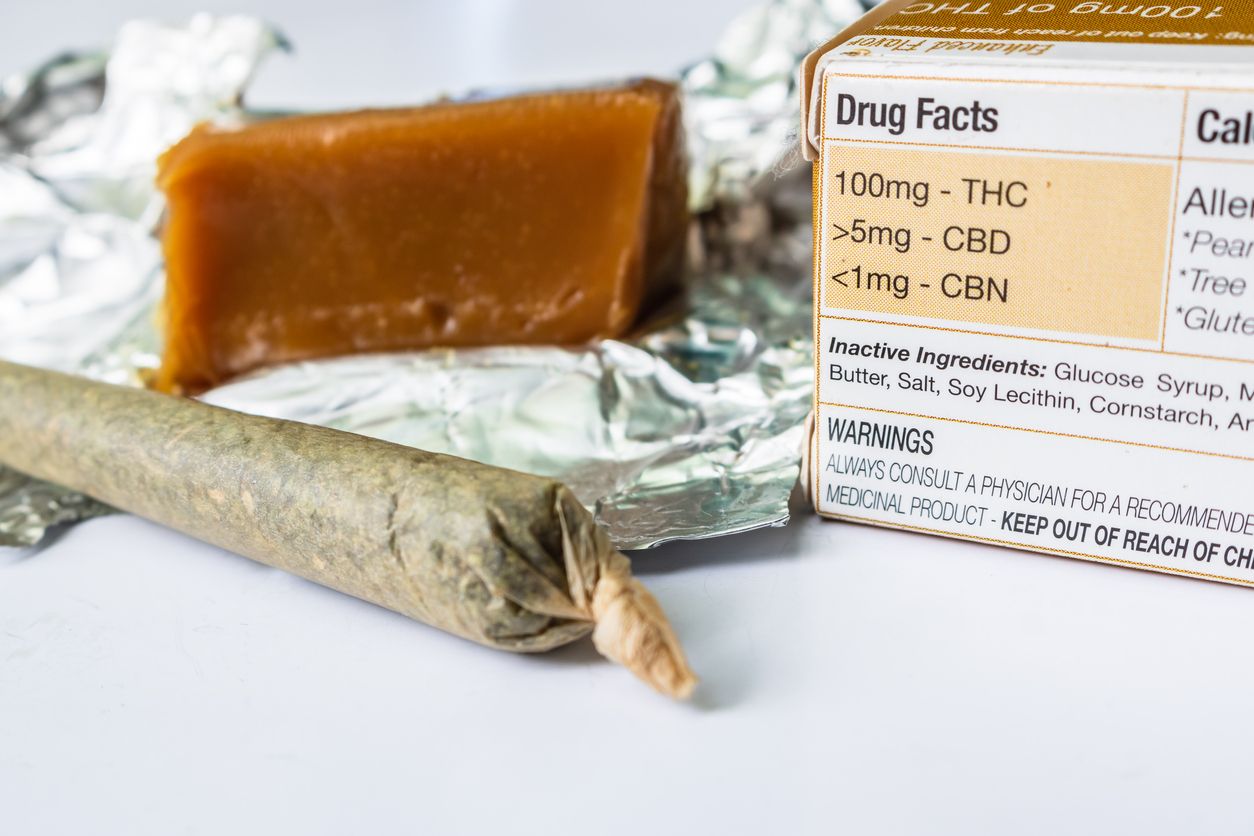
Cannabis-infused edibles are a new, exciting, and healthy alternative to smoking, that allows for much more control over each dose enabling the user to personalize their experience. Questions like, “How strong is a 10mg edible?” are nearly impossible to answer because every person reacts differently to different amounts of THC. Someone with a higher tolerance that has used marijuana edibles in the past may not even notice 10mg of THC, whereas a newbie just ingesting cannabis-infused products for the first time may get just wrecked off a mere 5mg.
“How much of a weed brownie should I eat” and “how many weed gummies should I eat” are both among the top ten asked questions about edibles on google proving that the general public may need a bit more assistance in accurately predicting an effective marijuana edibles dosage that will produce their desired results. Luckily there are some basic guidelines you can work within when experimenting to achieve the safest THC or CBD edibles dosage to suit your needs.
Understanding the difference between THC and CBD edibles
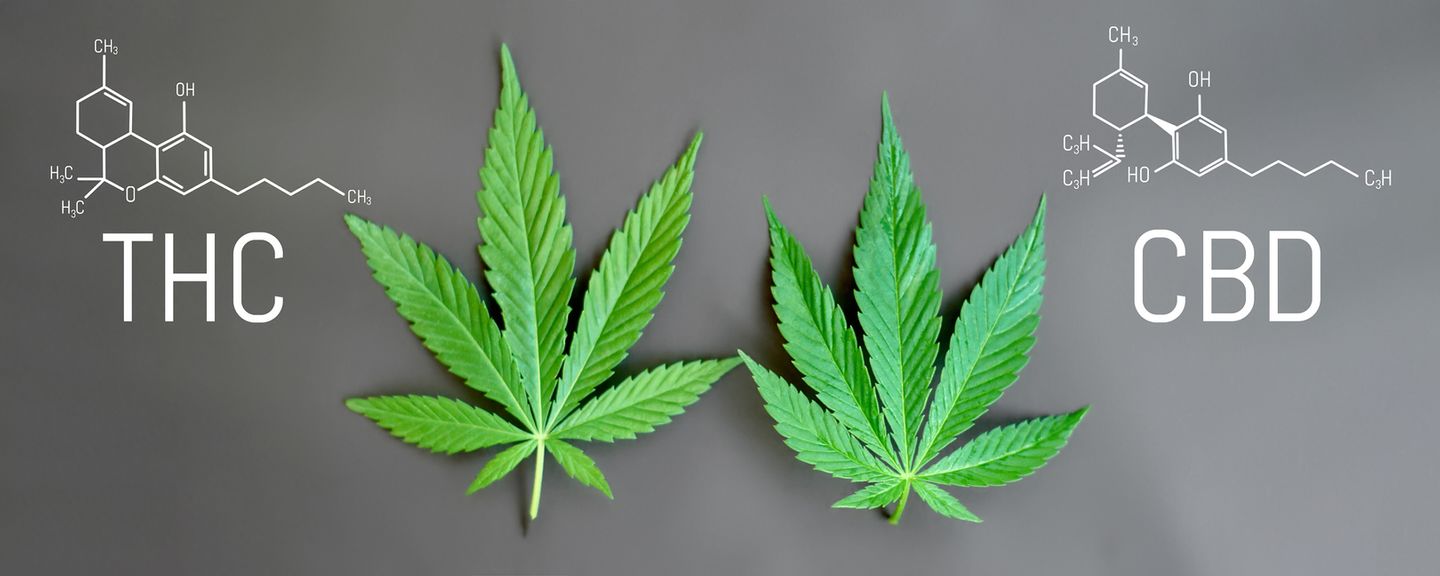
There is a massive difference between these two primary cannabinoids that are so often confused with one another by less experienced consumers. THC produces psychoactive effects and sensations that can intoxicate and sedate. CBD has the opposite effect, typically boosting the wakefulness of an individual, increasing motivation, and leaving the mind completely clear.
Which one is best for you will depend on a number of factors because while both elements can provide some relief for medical symptoms and conditions, only one induces the intense sense of euphoria. THC also leaves the system within an average of 30 days, whereas CBD slowly builds up over time, leading to an enhanced result with increasingly smaller doses. Both of these cannabinoids may be derived from the same plant species, but the way that they interact with the human body is unique.
Many people manage to achieve their desired relief with microdoses of either cannabinoid, while others find success in measured doses of both elements combined. Consumers who seek a stereotypical high will prefer products with a high THC content, but those who want the less intense alternative, CBD edibles are an excellent place to start.
CBD edibles dosage

CBD edibles are typically consumed by people who seek the more medicinal aspects of the cannabis plant, and for many, they are the ultimate solution to garnering the benefits without the fuzzy head buzz, but they do come with one caveat that THC edibles don’t.
If you take CBD edibles too close to bedtime, or in too large of doses, it could make it difficult to sleep, as one of the most common effects from ingesting these goods is an increase in wakefulness and energy. However, as long as you avoid taking a dose of CBD edibles late at night, you should be able to avoid this annoying possibility.
It is also important to note that the recommended starting CBD edibles dosage is much higher than THC, and that is because the sensations are not felt in the same way. Most users of CBD edibles don’t feel anything at all right away, as the results are longer-term and nowhere near as intense as those from its counterpart. That is why most CBD edibles will contain a much higher milligram count than THC, as more is required to stimulate the endocannabinoid system and produce results.
- 10 milligrams to 50 milligrams of CBD
This is a very small dose of CBD and is an excellent starting point for less experienced consumers who aren’t seeking immediate relief from intense symptoms.
Recommended for: Beginners looking to use CBD as a supplement boost to provide future medicinal benefits. It can be taken anytime throughout the day or night up to 3 times per day.
- 50 milligrams to 100 milligrams of CBD
Taking this much CBD is often believed to be a good starting dose for those with mild to moderate pain or other symptoms that they’d like to relieve with edibles. It is enough to provide some relief while remaining low enough to reduce the chance of your edibles interfering with your quality of sleep, but it’s still best to keep this size of CBD edibles dosage to a minimum of 4 hours or more before bedtime.
Recommended for: Beginner consumers seeking relief from mild to moderate symptoms, and experienced users who have been unable to achieve results with lower doses. Take individual doses within this range no more than 3 times per day.
- 100 milligrams to 150 milligrams of CBD
Ingesting this range worth of CBD edibles is a great starting point for consumers who are experiencing moderate to severe symptoms that require treatment, but it is a significant amount of the cannabinoid. That is why this high of a dose isn’t one that should be taken too frequently, especially by new consumers.
Recommended for: More experienced consumers who are suffering from difficult to manage symptoms that have been unresponsive to smaller doses of CBD edibles.
- 150 milligrams to 200 milligrams of CBD
This is a relatively high dose of CBD and not recommended for new consumers, but those who seek a more intense relief without the help of THC may benefit most from CBD edibles that are within this range.
Recommended for: Experienced users only. While this is a relatively average dose that many patients might find themselves at, eventually, the transition should be a slow process to avoid any potential issues or side effects. Do not take before bed and no more than 3 times per day.
- 250 milligrams and up
Anything higher than 150 milligrams is considered to be a high dose of CBD, and while the effects may not be psychoactive, there is always a possibility of experiencing adverse effects when ingesting CBD edibles that fall within this range.
Recommended for: Experienced and long term consumers who have been unable to achieve relief with lower doses tried over a period of at least 4-8 weeks.
THC edibles dosage
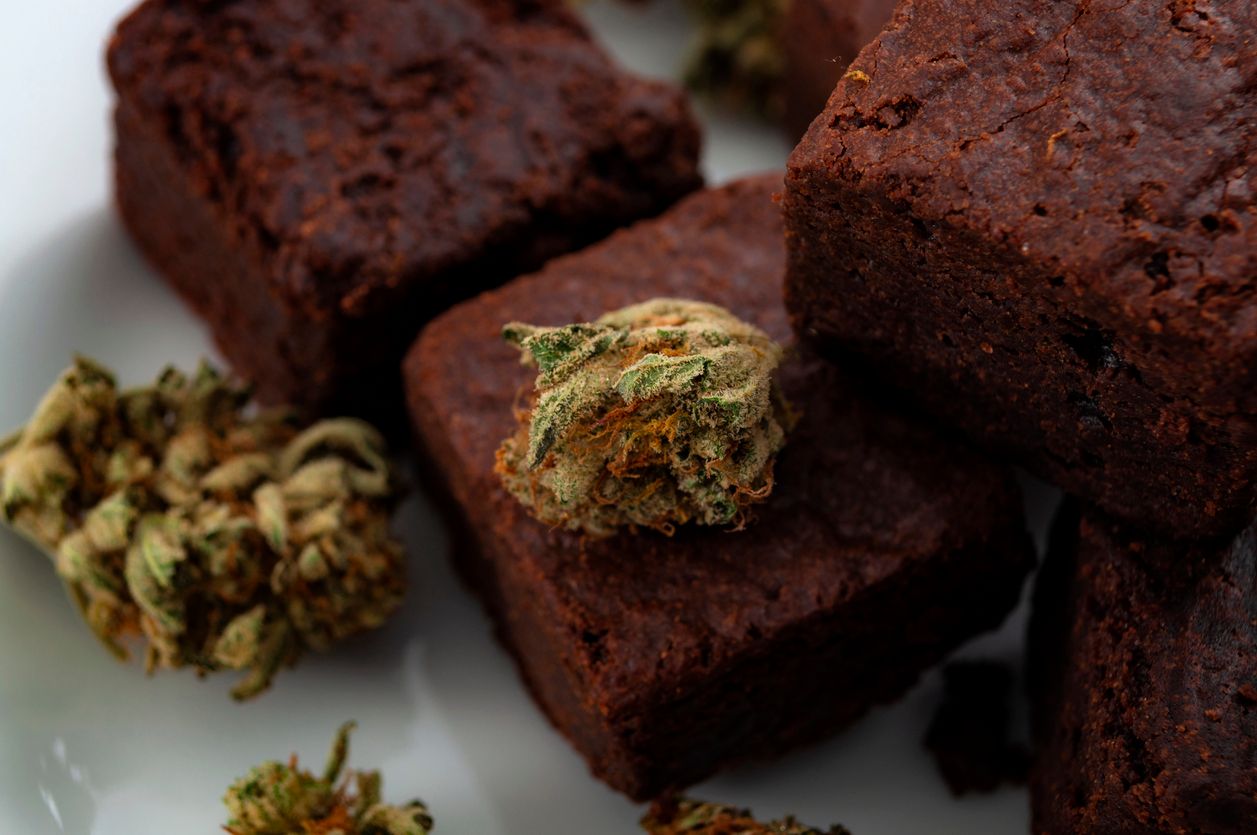
It is highly recommended that new users begin with the lowest dose possible of 1-2.5 milligrams of THC and gradually increase their cannabis edibles dosages as they gain experience and familiarity with the effects. Cannabis edibles can be enjoyable, but they also have the potential to be much more potent and longer-lasting than traditional dried herb, making them the ultimate way of consuming THC but also the most notorious for producing a negative experience in those who weren’t fully aware of what to expect.
While we can’t predict precisely how one marijuana gummy or brownie will affect you, we can provide a helpful list of recommended guidelines to work within.
- 1 milligram to 2.5 milligrams of THC
Ingesting such a small amount of THC will produce gentle effects, including improved focus, heightened creativity, and mild relief for those seeking relief from pain, anxiety or stress.
Recommended for: First-time users, occasional users, and those looking for pain relief without the intense high.
- 2.5 milligrams to 15 milligrams of THC
Consuming a marijuana edible with this much THC content is expected to have a stronger effect on pain relief, but can also come with other sensations such as euphoria that may impair hand-eye coordination.
Recommended for: Casual and regular users as well as people seeking relief from chronic pain, or sleep problems.
- 15 milligrams to 30 milligrams of THC
This range is considered a moderate dose and will likely result in an intense couch locking body and head high. This amount will likely impair hand-eye coordination, give a sense of euphoria, and may alter perception, which can be overwhelming to anyone with a low tolerance of THC.
Recommended for: Regular or chronic users of marijuana products who have already built a tolerance. Medical patients seeking intense pain relief, and those looking for help in managing sleep issues.
- 30 milligrams to 50 milligrams of THC
This is a potent dose of THC and will produce powerful effects such as a strong feeling of euphoria or altered perception. This amount will impair a user’s ability to think clearly and will also interfere with hand-eye coordination. This amount will also get you stoned.
Recommended for: Seasoned long-term or regular users of marijuana products, those seeking intense or chronic pain relief and also anyone with a poor GI absorption, rendering cannabinoids less effective.
- 50 milligrams to 100 milligrams of THC
This is the highest dosage recommended. No person should ingest more than 100 milligrams of THC at one time. Even at an amount of 50 milligrams to 100 milligrams, a marijuana edible has the potential to cause more adverse reactions to effects. Users may find the feeling to be overwhelming and negative. Consuming this much THC can cause other adverse effects such as rapid heart rate, nausea, headaches, and pain.
Recommended for: Only those who have a high tolerance and experience level with cannabis products or patients looking to alleviate symptoms of cancer, chronic pain, and other inflammatory conditions.
What if I took too much?
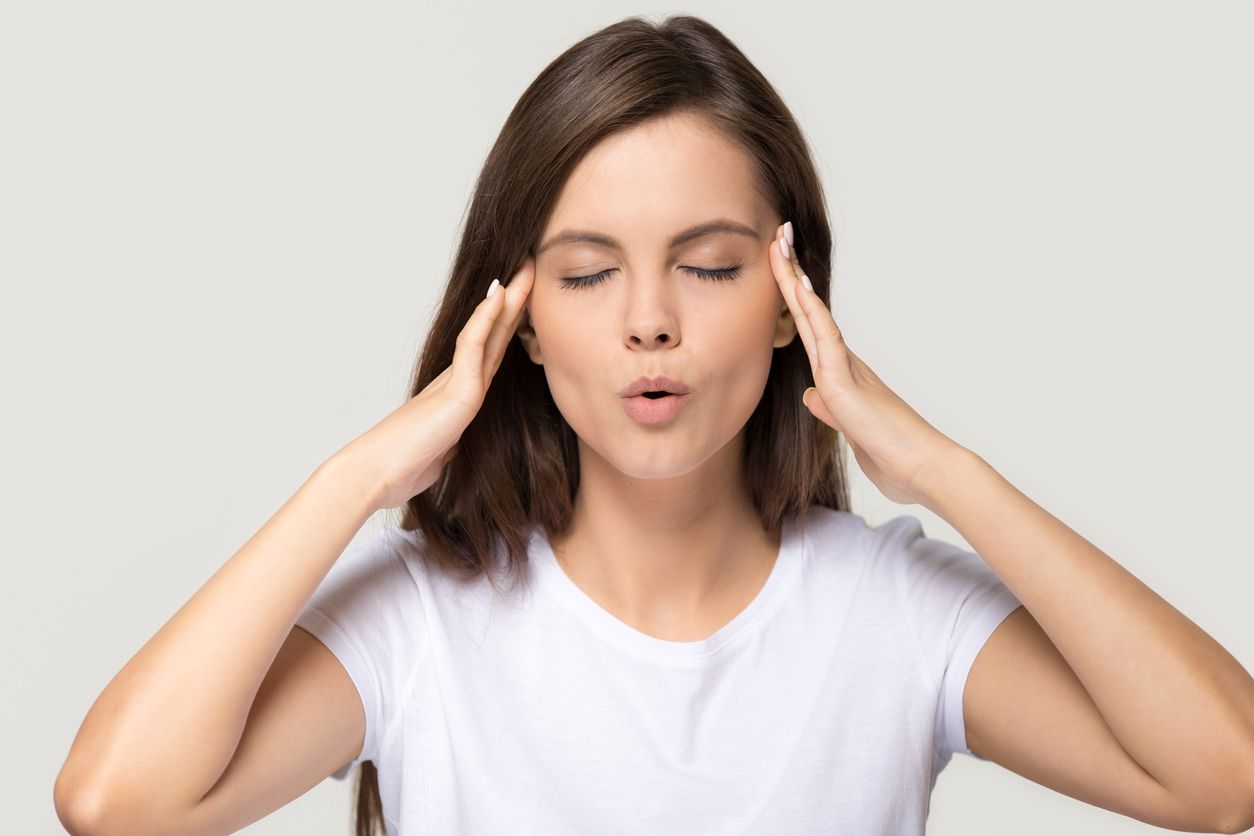
The important thing to remember when experimenting with edibles is that neither THC or CBD edibles are toxic in any ingestable amount, so there is no way to overdose or cause damage from a bad experience. Unfortunately, that does not mean that there isn’t some risk of an uncomfortable situation in the case of overconsumption. Below you will find a list of possible adverse effects from edibles, followed by some tips and tricks to get through it.
Adverse effects
- Upset stomach
- Nausea
- Uncomfortable or overwhelming sensations
- Hallucinations
- Vomiting
- Increased heart rate
- Dizziness
What to do
While the irritating side effects can be difficult to manage, it is important to remember that they will wear off eventually. The best thing that you can do is stay as comfortable and well-nourished as possible, while you wait for the effects to pass. Below you will find some helpful tips and tricks on how to handle taking too many edibles.
-
Drink plenty of water
-
Dim the lights
-
Rest somewhere that is quiet and comfortable
-
Try not to be alone
-
Eat small amounts of nutritious food, like vegetables
If at any point, you feel that it might be necessary to seek medical assistance, that is most certainly an option available, but chances are, the most they will do is supervise you as you recover. However, those with compromised medical conditions or complications, and patients who are currently taking prescribed medications should seek their family doctor immediately, as both cannabinoids can interfere with how some pharmaceutical medicines work.


